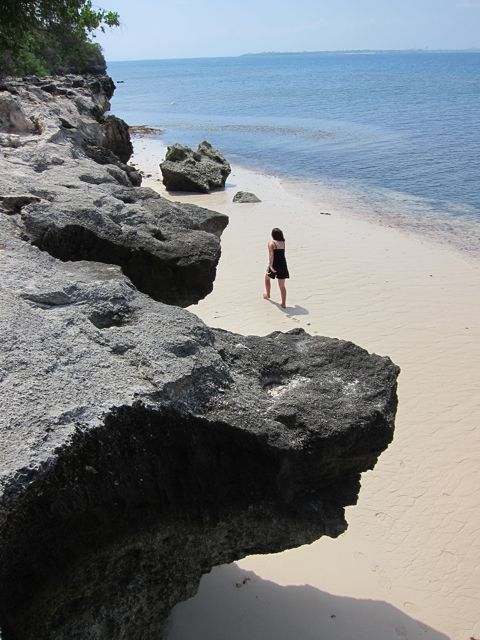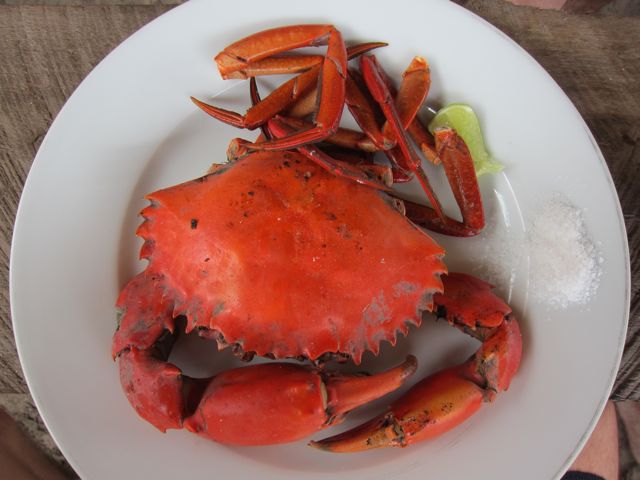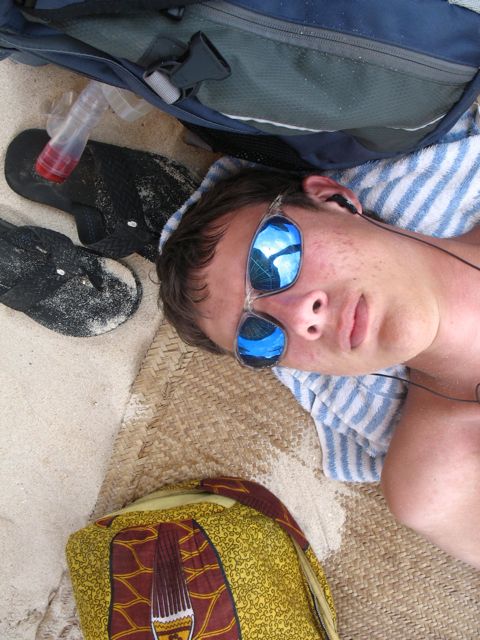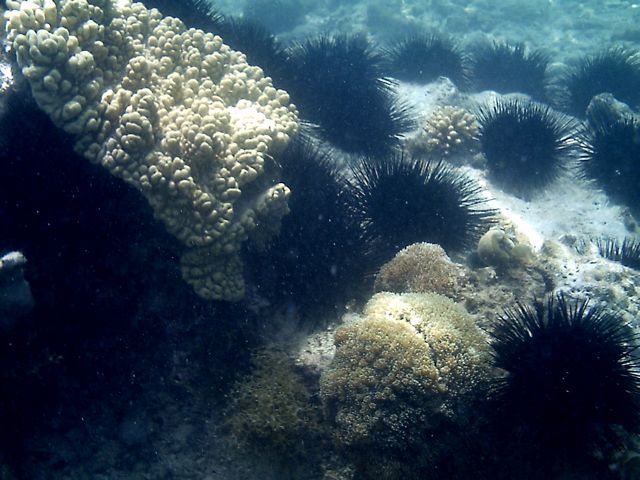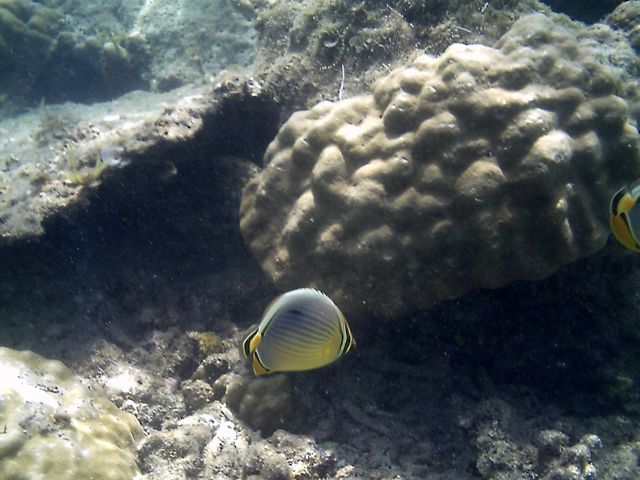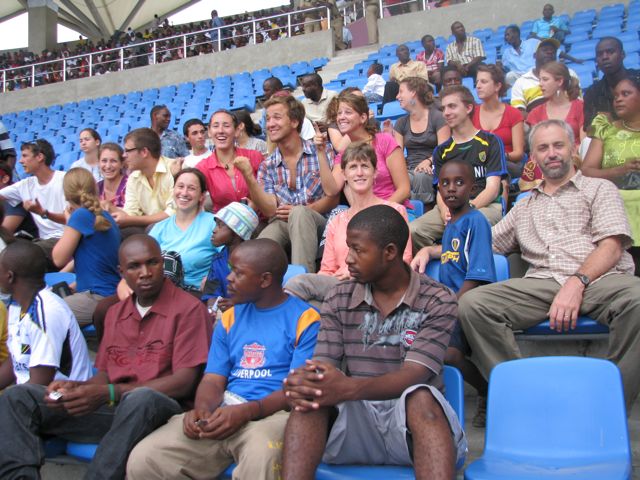Conservation Policy in Tanzania
Our theme this week has been to explore how the unique attributes of natural resources determine which management approaches should be used for conservation. Forests, fisheries, and soils are very different systems which require unique management approaches depending on their biological attributes — sometimes education is enough, sometimes complete protection, sometimes human use.
On Monday we took the entire day to visit a local Marine Reserve for a day of snorkeling and swimming. We spent several hours in a shallow coral reef pursuing fish of splendid diversity, chasing eels of varied kind, and hunting snail shells of many sizes. We have been discussing the role that Marine Reserves can play in both protecting natural systems, but also in enhancing local fisheries.
On Tuesday, Dr. Cuthbert Nahonyo, the chair of the Zoology and Wildlife Management Department, gave us an overview of the various protected area designations in Tanzania. We were surprised to learn that about 40% of Tanzania’s land area has some kind of protected area designation, of which 5% receives the highest level of protection as ‘National Park’. This means that many land areas are philosophically designed for human use of natural resources.
After Unit House on Wednesday we took advantage of a rare opportunity to see an international football match. Tanzania played Palestine at the national stadium. Football is deeply ingrained in the culture, life, and ethos here in Tanzania and it was a delight to join the fans in celebrating the 1-0 win for the Tanzania Taifa Stars!
Today, after Swahili class, students will present their ongoing work with their semester-long research projects and then have the afternoon to continue working on them. We have a splendid diversity of interests and expertise — a theater project that seeks to portray the voice of working women in Tanzania, an engineering project that will assess the various human powered machines found in Dar (like a bicycle powered knife grinder), a woodworking project interviewing local artisans on sustainability of tree harvesting, and a history project examining the legacy of Julius Nyerere — among many others. Stay tuned for some of their results later in the semester. (Snorkeling photos by Matt Thomas, unless otherwise noted.)


